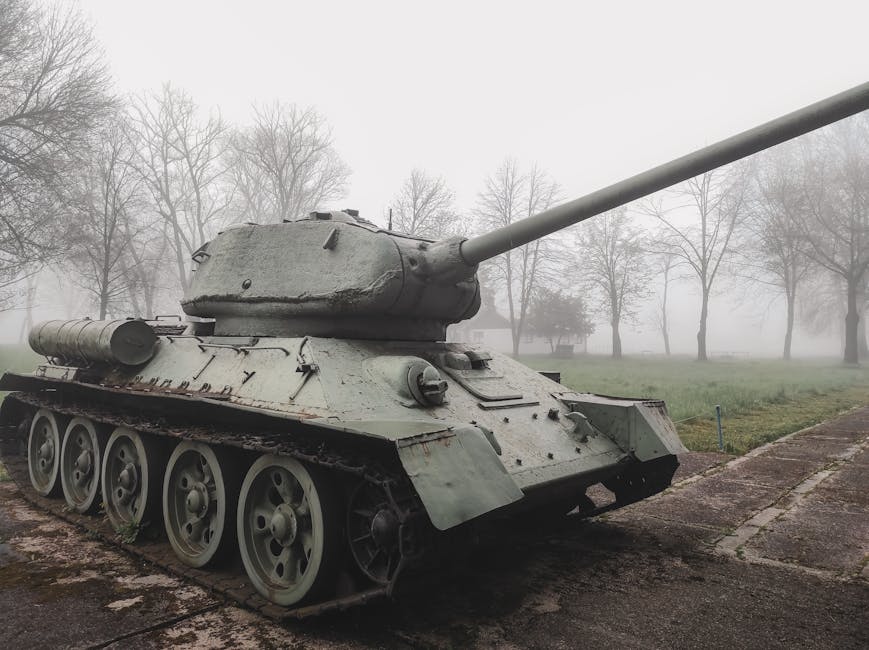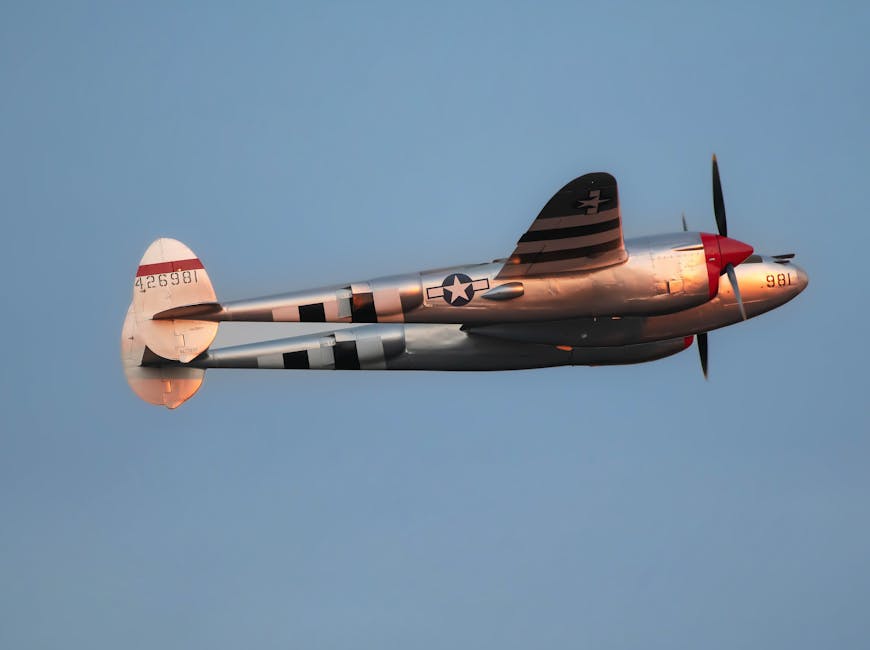Have you ever stopped to think about the stories objects can tell? I’ve always been fascinated by history, especially World War II. It’s a period packed with pivotal moments, and collecting WWII memorabilia is like holding a tangible piece of that history in your hands. Whether it’s a soldier’s uniform, a propaganda poster, or a simple mess kit, each item offers a unique glimpse into the lives and times of those who lived through it. So, if you’re intrigued by history and ready to embark on a captivating collecting journey, let’s explore how to build a comprehensive WWII collection!
Let’s Dive In!
Building a comprehensive WWII collection can seem daunting, but breaking it down into categories makes it much more manageable. Here’s how I’d suggest approaching it:
- Uniforms and Insignia: Start with the basics. A good entry point is a U.S. Army enlisted man’s uniform or a Women’s Army Corps (WAC) uniform. Look for complete sets if possible. Insignia, such as patches, badges, and medals, are also excellent additions and can tell you about a soldier’s unit, rank, and service record. Remember to check for authenticity marks and research any unusual features.
- Propaganda Posters: These are powerful visual reminders of the war effort. From recruitment posters to those promoting war bonds or conservation, these posters offer insights into the strategies used to mobilize the public. Look for original posters in good condition. Be aware that reproductions are common, so do your research!
- Field Gear and Equipment: This category includes everything a soldier carried into battle, such as mess kits, canteens, helmets, and backpacks. These items show the practical side of warfare and the daily lives of soldiers. Condition varies widely, but even well-worn items have a story to tell.
- Weapons and Militaria: (Handle with care and within legal boundaries!) Deactivated firearms, bayonets, knives, and other military equipment are highly sought after. If you’re interested in this area, be sure to understand all the legal requirements for owning and displaying such items in your area.
- Documents and Paperwork: Letters, diaries, maps, and official documents provide firsthand accounts and invaluable information about the war. Look for correspondence between soldiers and their families or official military orders. These can offer a deeply personal perspective on the events of the time.
- Home Front Items: Ration books, victory garden guides, and other items related to civilian life during the war years are often overlooked but offer a fascinating look into the sacrifices and adjustments made by people back home.

My Thoughts and Experiences
I remember when I first started collecting, I was drawn to the human stories behind the objects. It wasn’t just about owning a piece of history; it was about connecting with the people who lived through it. One of my most treasured pieces is a small, worn leather-bound diary I found at an antique shop. It belonged to a medic serving in the Pacific theater. His entries, though often brief and matter-of-fact, painted a vivid picture of the challenges and horrors he faced. It brought the war to life in a way textbooks never could.
Authentication is key, folks. I learned this the hard way! Early on, I bought what I thought was an original WWII German helmet, only to discover later it was a post-war reproduction. Now, I always do my homework. There are tons of resources online, including forums and websites dedicated to WWII collectibles. Connecting with experienced collectors is also invaluable. They can offer guidance, share their knowledge, and help you avoid costly mistakes.
Tips, Tricks, and Fun Facts
So, you’re ready to build your WWII collection? Here are a few tips and tricks I’ve picked up along the way:
- Start Small and Focus: Don’t try to collect everything at once. Choose a specific area that interests you and focus your efforts there. This could be a particular theater of operation, a specific branch of the military, or a certain type of object.
- Do Your Research: Knowledge is power! Before you buy anything, research the item thoroughly. Learn about its history, its rarity, and its market value.
- Inspect Items Carefully: Look for signs of wear and tear, damage, or repairs. Condition is a major factor in determining value.
- Buy from Reputable Sources: Stick to established dealers, reputable auction houses, and trusted online marketplaces.
- Join a Collectors’ Club: Connect with other collectors to share knowledge, learn about new acquisitions, and get advice.
- Preserve Your Collection: Store your items properly to protect them from damage. Use acid-free materials for documents and paper items, and keep uniforms and textiles in a cool, dry place.
Fun Fact: Did you know that during World War II, Coca-Cola was granted an exemption from sugar rationing so that it could supply its product to American troops overseas? The company even established bottling plants near battlefields to ensure soldiers had access to a taste of home.
Wrapping Up!
Building a WWII collection is more than just acquiring objects; it’s about preserving history and honoring the sacrifices of those who came before us. By focusing on specific areas, researching thoroughly, and connecting with other collectors, you can create a meaningful and valuable collection that will be a source of pride for years to come. Happy collecting!
